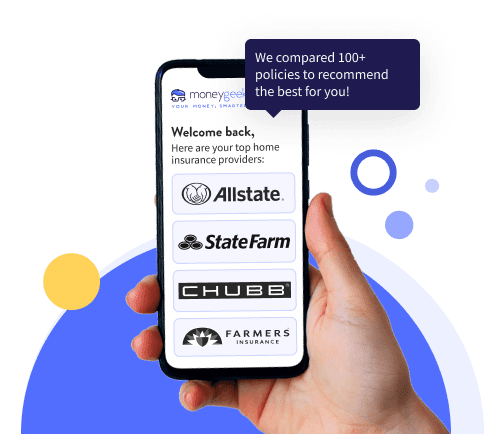Homeowners insurance is a requirement for mortgage holders, safeguarding against losses from damage, theft or injuries on your property. For those owning their homes outright, while not mandated, carrying a policy is highly advised for comprehensive protection.
Choosing the right policy can be daunting and will be influenced by your home's location and lender's requirements. Understanding your necessary coverage will help you meet legal obligations and personal security needs.


